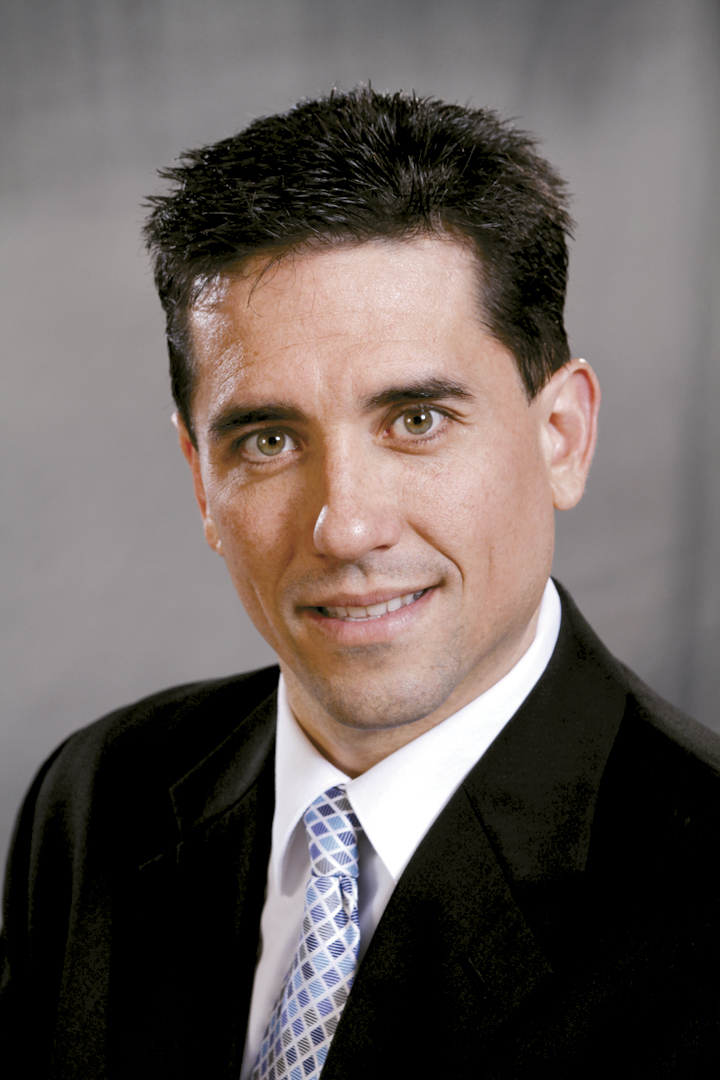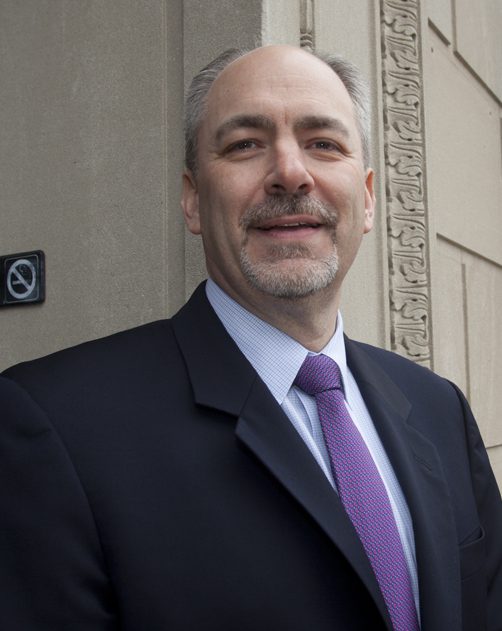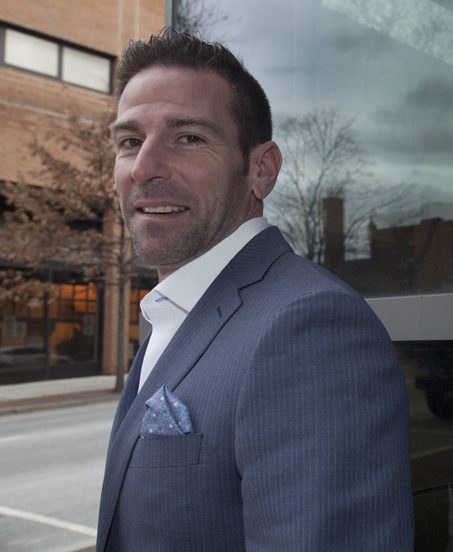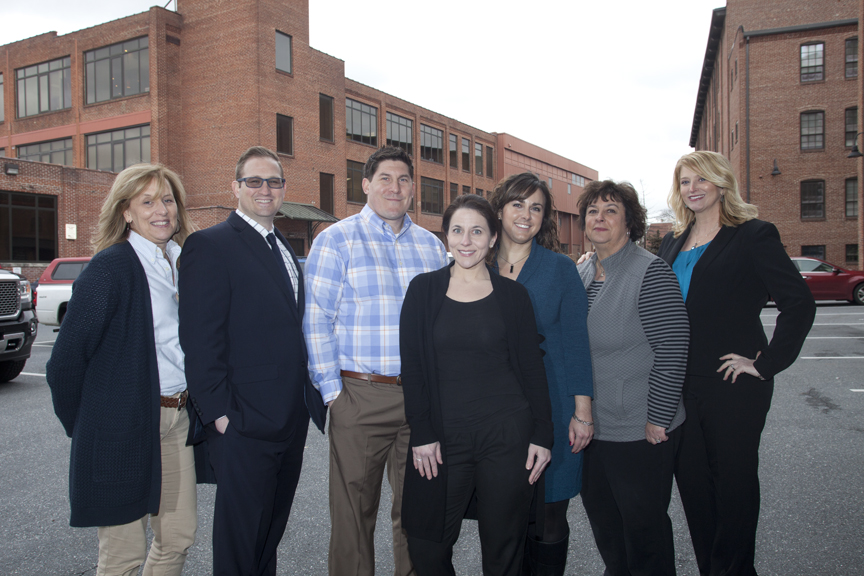Offerings support a range of employer activities—from recruitment and retention to employee well-being
Employee well-being is a jigsaw puzzle with several big pieces that employers must fit together: health benefits, human resource management, benefit technology, individual retirement planning and wealth management.
“Most employers rely on their agents and brokers to provide those services and help them fit the pieces into a comprehensive benefits and human resource management strategy,” says Ryan Neff, executive vice president of Murray Securus in Lancaster, Pennsylvania.
Although most agencies separate health benefits services from other functions, he notes, Murray Securus pulls them all together with a consultative approach that helps clients build a comprehensive management strategy involving benefit technology and human resource management.
“All of these activities are intertwined,” Neff explains. “Health benefit services and 401(k) plans are tied to all benefits in supporting the well-being of employees. Benefits captives and health networks, as part of health benefits, support an overall recruitment and retention strategy. Information technology helps employers manage everything and provides a driving force for innovation.”

—Jim Diller
Benefits Consultant
Holistic approach
For the past five years, Neff and his colleagues have been building a broad base of benefits-related services that has helped the agency stand out from the competition. Founded in 1930, Murray Securus—the Rough Notes May 2016 Agency of the Month and subsequently voted Agency of the Year—is a regional leader in central Pennsylvania. It has six offices, including the corporate headquarters in downtown Lancaster; another office in Lancaster; additional Pennsylvania offices in Quarryville, Mechanicsburg, and Wyomissing; and a specialty office in Herndon, Virginia, that handles construction bonds and related risks.
Like many agencies, Murray Securus began as a property/casualty insurance firm; it added a benefits division in 1987. Neff joined the company in 2012 when the Murray Insurance Agency acquired the Securus Group, which had offices in Lancaster and Berks counties in Pennsylvania. The Securus firm specialized in employee benefits, human resources, and wealth management and added a new dimension to the Murray benefits division.
A wealth management specialist, Neff became an executive vice president of the combined firm and accepted responsibility for integrating the diverse specialties. When the groups merged, employee benefits represented about 15% of total revenue. It has since grown to 23%, and Neff believes that trend will continue to accelerate, and benefits should reach 30% of revenue within the next few years.
About 40 of the agency’s 200 employees work in the benefits and related services operation. The firm’s client base ranges from small family-owned employers to mid-sized construction, healthcare and agribusiness companies. Neff says the agency’s target audience is made up of employers with between 75 and 150 employees.
“Central Pennsylvania has a lot of smaller employers,” he says, “and when the Affordable Care Act was passed, many agents and brokers withdrew from that market. We chose to embrace it and turn it into an area of growth.”
Neff also notes that the agency is employee owned, having launched an employee stock ownership plan (ESOP) in 1994. The ownership structure is part of the firm’s value proposition and is attractive to small-business leaders who respect the fact that they are dealing with employee owners.
The agency has built a specialty of responding to small business needs, which Neff points out can be as complicated as those of larger employers and can call for sophisticated plan designs including self-funding options, wellness programs and other features. For example, he says, level-funded plans for small employers can be designed for organizations with as few as 20 employees.

—Tom Henschke
Assistant Vice President of Benefit Technology
Murray Securus Benefits Consultant Jim Diller has worked in the benefits industry for 11 years and has watched the field grow more challenging as rising prices, federal regulation, and productivity concerns drive employers to seek additional resources from their agents and brokers.
The days of simple market shopping—preparing an employee census and seeking the best price for an annual renewal of health insurance—are long gone, he says. Employers large and small are seeking comprehensive approaches that meet more than short-term budgetary needs.
Among its health benefits-related products, Murray Securus offers both individual and group coverages. Individual benefits include personal health insurance, life insurance, long-term care insurance, and Medicare supplement coverage. Group health products are available for employers with 50 or fewer employees and for those with more than 50 employees.
For small employers, the agency focuses on cost management and the benefit basics of life insurance, disability insurance and retirement plans, as well as Affordable Care Act compliance and human resource regulatory compliance. For larger employers, the agency can introduce more sophisticated approaches, including medical cost analysis, data analytics, self-funding devices such as benefit captives and consortium approaches, and actuarial claims analysis.
“We take a client-centered approach,” Diller says. “When we engage with a new client, we pause and say, ‘Let’s get a better understanding of your culture.’ Then we can find a way to create a solution that aligns with their culture and their interests.”
As a plan evolves, Diller says the agency and its clients ask if they can develop a plan that is not only cost effective but also manageable over the long term and can contribute to efficiency, productivity and financial security.
The plan design also must be sustainable, he notes. “Can the plan engage employees for the long term? Can we make them better healthcare consumers?”
Added value
Education is critical, Diller says, and Murray Securus provides educational services designed to prepare employees to make the best use of their benefits plan and make important personal decisions about their individual futures.
Employees must be trained to manage their benefit choices as employers move toward high-deductible and consumer-directed health plans, he notes. The agency provides comprehensive communication programs to facilitate open enrollment, with both on-site question-and-answer sessions and remote call center and online resources that provide decision support.
One-size communication does not fit all, he adds. Dealing with a multigenerational workforce is a new challenge for employers and their advisors, Diller explains, as they try to meet the diverse needs of workers who are preparing for retirement, mid-career employees, and others who are just beginning their careers.
For example, he notes that the agency consults with employees about Medicare and post-employment preparations during the open enrollment period when they are also making their immediate health benefits decisions, and Millennial and later generation employees are also educated about how their benefits can contribute to their long-term security.
Wealth management also contributes to the financial security of employees, Neff adds. His specialty provides retirement planning and asset management for individuals and defined contribution retirement plans and executive compensation plan management for employers.

—Ryan Neff
Executive Vice President
Technology enabled
As employee benefits and benefits communication have become more important and as increased regulatory compliance is required, information technology has become a bigger part of the benefits service puzzle at Murray Securus, says Tom Henschke, assistant vice president of benefit technology.
Henschke joined the employee benefits community as an agent 20 years ago and discovered a growing need for enrollment and benefits billing technology. That need has become an insatiable demand for integrated technology that supports all the benefits puzzle pieces, he notes.
Benefit technology no longer stands alone, he says, and must be integrated with claims management, payroll, finance, compliance reporting and human resource management functions—each of which may be housed in a separate technology platform.
“In some cases, just doing an employee address change can involve five different technologies representing different functions and aspects of an organization,” Henschke says.
When Murray Securus welcomes a new benefits client, integrating those diverse technologies can be a major component of a comprehensive benefits strategy. “We work to make the whole process as easy as possible for the clientand its employees. We do that by integrating benefits enrollment with payroll and extending into human resources to facilitate functions such as new employee onboarding. Human resources integrates with nearly all aspects of an organization: benefits, safety, wellness and compensation.”
Meeting needs
Neff agrees that human resource management is another major piece of the puzzle and one that ties together the other strategies and services. Murray Securus offers a wide range of human resource-related services, including audits and employee handbooks, employee surveys, FMLA and leave management, and training and development. The agency also can provide remote and on-site human resource management for small employers that need professional services.
The agency’s initial client interaction, whether it begins with property/casualty insurance or employee benefits consulting, often reveals a series of needs that can include a wide range of Murray Securus services, Neff says. Whether the engagement begins with workers compensation analysis, healthcare cost consulting or other functions, human resources needs also may surface at that time.
“Cross-selling is key,” Neff explains, and not just as sales and marketing but also as a way of exploring the overall needs of a client. Through collaboration of sales teams, the firm often discovers that clients need more than insurance.
The human resources relationship usually begins with an audit service and a handbook, Neff says, but as clients come to understand the value the agency provides, the engagement can expand to broader responsibilities. These can include training programs as well as on-site and off-site human resources management.
The author
Len Strazewski is a Chicago-based writer, editor and educator specializing in marketing, management and technology topics. In addition to contributing to Rough Notes, he has written on insurance for Business Insurance, Risk & Insurance, the Chicago Tribune and Human Resource Executive, among other publications.





